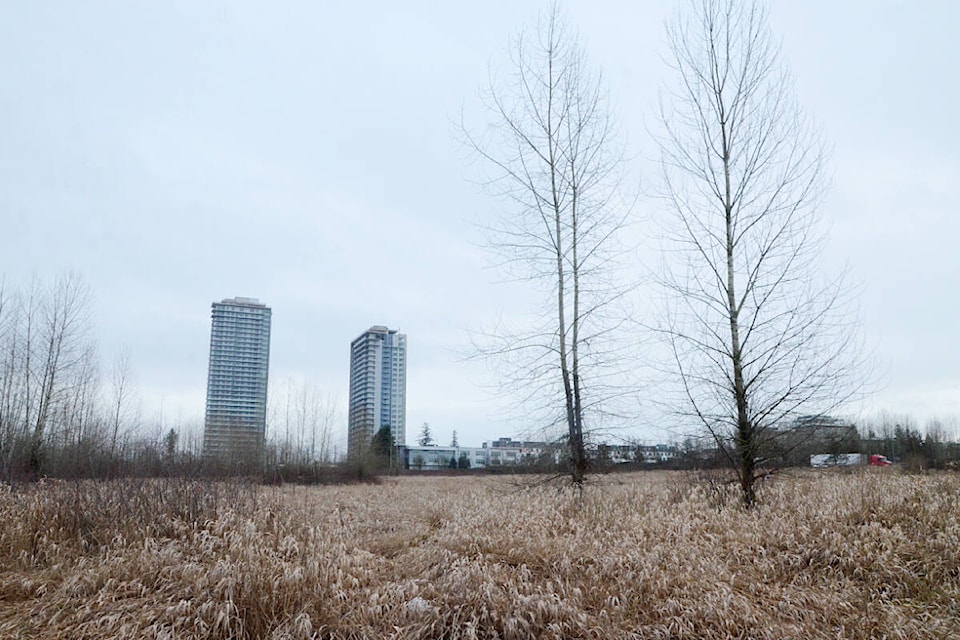The trees I drove past every day, to and from work, for the last 11 years came down last week.
The road’s being widened there, and the grove had grown right up to the edge of the street, dating back to when that stretch was a quiet rural route, not the busy suburban corridor it is now, flanked with townhouses and corner stores on its opposite side.
The trees were nothing much to write home about – a big horse chestnut tree that shed its spiky seeds on the road every year, a couple of broad leaf maples. But they provided a fair bit of shade if you were stuck waiting for the light to change.
If there was a house on the site, it’s long since been torn down or has vanished under the dense foliage. As long as I’ve lived in the area, it’s been a vacant lot.
That’s a vanishing breed, around the Lower Mainland.
Vacant lots are an affront to the sensibilities of developers and urban planners. Any site left alone in an urban or suburban area will become overgrown. People tend to dump trash there, or teenagers will congregate. Of late, our high rates of homelessness have found vacant properties attractive sites to camp.
All of these things are true, all of them will offend the sensibilities of neighbours.
But vacant lots also represent a break from the highly-regulated world we live in.
In the Lower Mainland, almost every scrap of land has clearly-defined ownership. Houses and shops and parking lots all come with their own rules. We move in very limited realms, down roads and sidewalks, and, aside from our own homes, we need a reason to be almost anywhere else. You’d better be working or buying something, otherwise, you’re loitering! Beat it!
READ ALSO: PAINFUL TRUTH: What is a ‘good’ economy, anyway?
Parks and libraries are almost the only remaining truly public places, where you don’t need an excuse to exist.
And then there are vacant lots. Places no one cares about, often not even enough to fence off.
When I was a child, I played in an abandoned gravel pit next to one friend’s home. Another friend’s house had a gate in the back fence that opened up to a huge vacant field, and we roamed through it (and later through the construction site there – it was the ’80s) until it was replaced by housing. I even know an excellent sledding hill that isn’t technically a vacant lot, but a pipeline right of way. You just have to climb a couple of fences.
People still use vacant lots this way. There are fields that are popular with neighbourhood dog owners, or criss-crossed by dirt paths where kids walking to school take short cuts. Look around, and you can often spot tree forts made of scrap plywood and two-by-fours on the edges of suburban developments.
Vacant lots offer a different kind of public space.
One that is rough and sometimes ugly, but that gives us a break in the landscape. They ask a question – does every piece of property need a purpose?
Or can we make up our own reasons for an old gravel pit, a field of waist-high grass, or a grove of horse chestnut trees?
